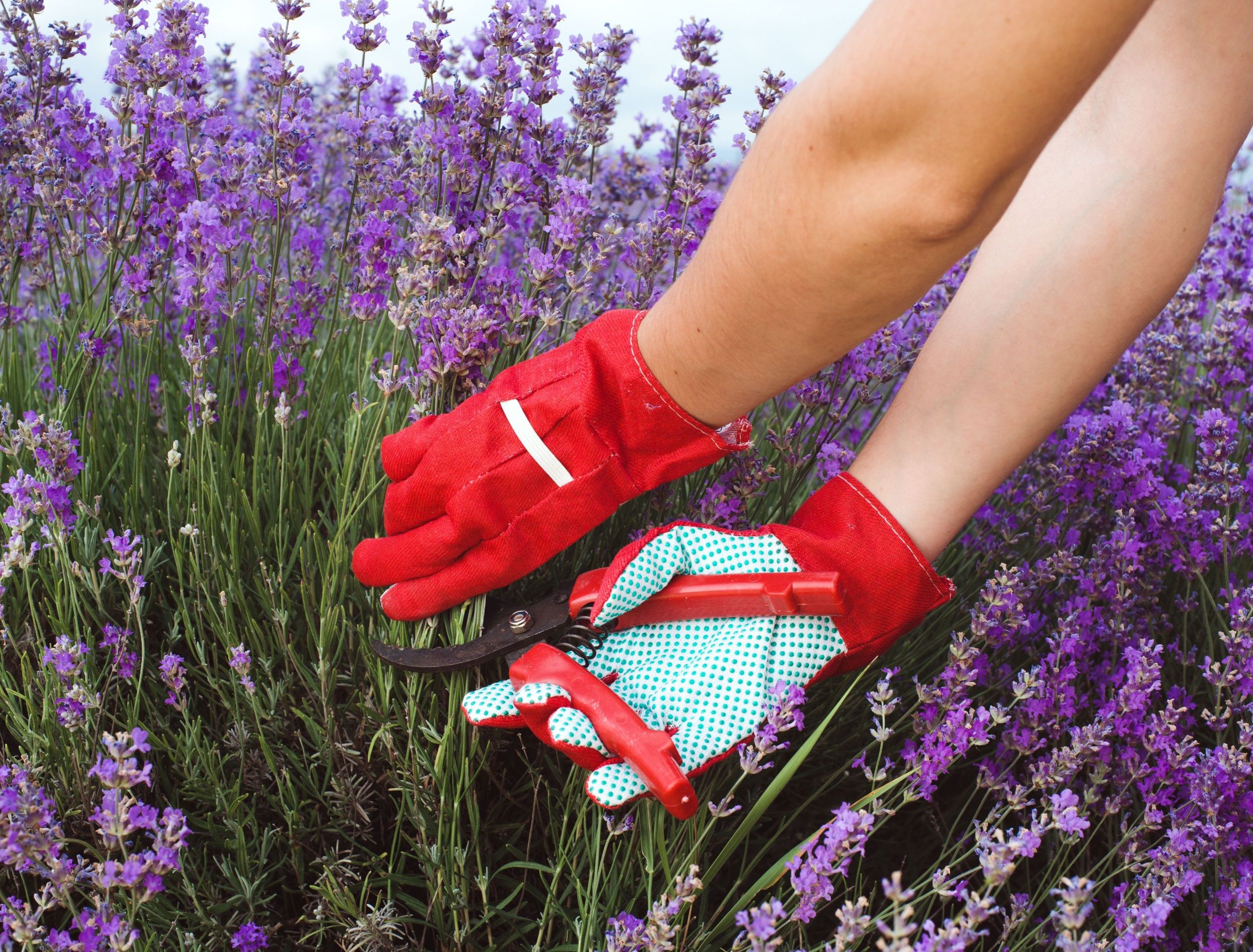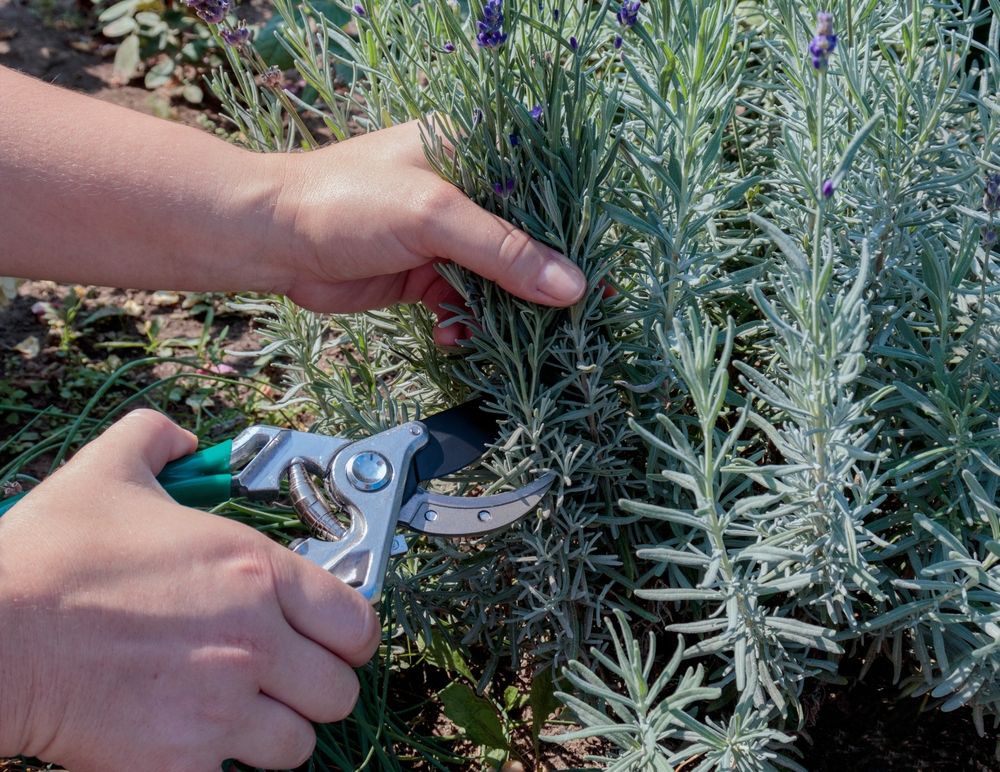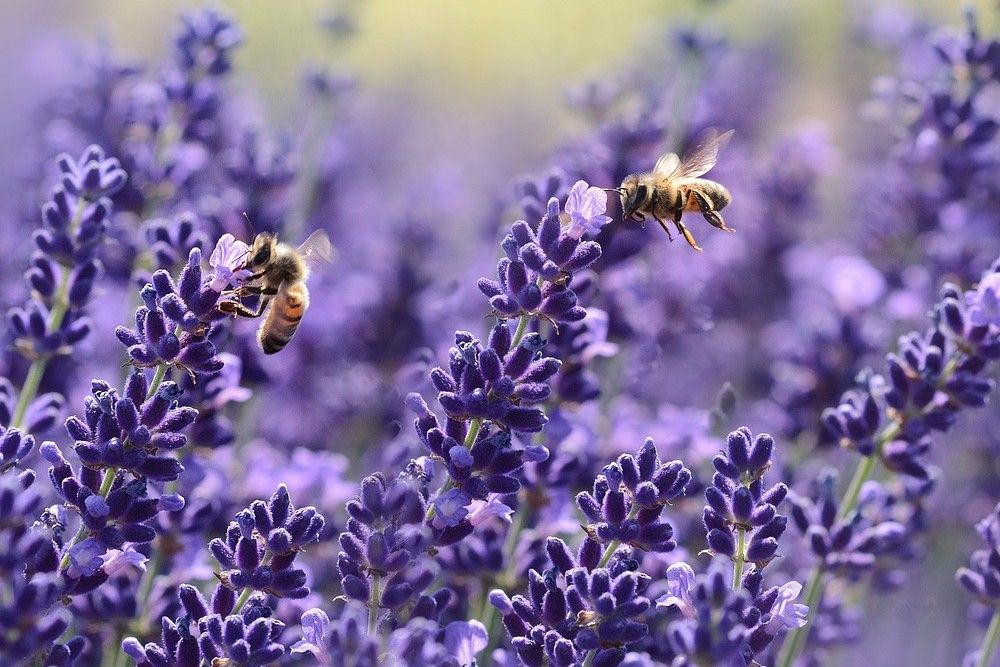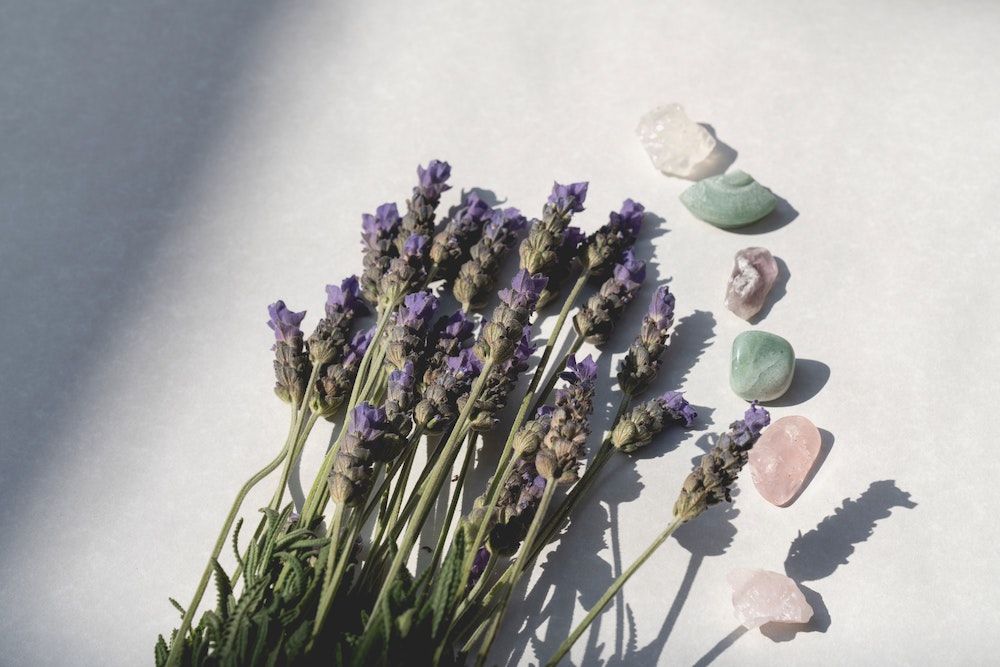The intoxicating scent of lavender is one that many love, especially during springtime. The sight and smell of the violet flower heads floating gracefully in the breeze is a truly calming experience. But you may wonder whether it's wise to cut back on your lavender plants in the spring. After all, pruning is an important part of your garden care routine!
Discover why cutting back your lavender in the spring may be necessary, as well as how to go about it safely so come summer your flowers thrive.
Should You Cut Back Lavender in Spring?
Image credits: Aybarskr via Shutterstock
Yes, you should cut back your lavender in the spring! When the plant is still young (year one and two), wait until after the bloom has ended, around mid-July, before pruning. Then use a pair of clean and sharp shears to cut 2 inches above soft wood. Doing so promotes growth and creates a desired shape. By year three, the lavender will have doubled in size. During this time, harvest stems when flowers are blooming.
When cutting back an established lavender bush, do so with caution. Cutting too much or all at once potentially kills the plant, so proceed with care and only trim back a small amount at a time. For established plants during springtime, aim to cut back the foliage by up to ⅓ to encourage new growth. This also helps keep your lavender healthy and promotes a longer bloom period.
How to Cut Back Lavender in Spring
Image credits: Natallia Ustsinava via Shutterstock
If you decide to cut back your lavender in spring, do it properly to avoid harming the plant. Follow these tips to ensure that your plant stays healthy and produces beautiful flowers.
Timing
Cutting back your lavender in the spring is important for promoting healthy growth and full blooms. However, timing is key to ensure that you don't harm your plants with frost damage. Harvest lavender cuttings in the morning, when the sun is not at its hottest.
Also, it's best to wait until after the last frost date before cutting back your shrub. Doing so ensures that late-season frosts won't cause irreparable damage to your plant. Knowing the last frost of the season helps you determine when it's safe to prune your lavender plants.
Prune One-Third
When cutting back lavender in spring, only prune ⅓ of the plant. Over-pruning stunts growth and reduces blooms.
To make a clean cut, use sharp gardening scissors or shears. Cut just above the point where you see new growth emerging from the stem or branch. Doing so ensures that your plant gets plenty of sunlight and air circulation so it grows healthy through the season. After pruning, remove dead stems and branches to keep your lavender looking its best.
Prune Dead Wood
When trimming your lavender, remove dead wood. Avoid cutting off healthy stems of old wood as this damages the plant.
If you're unsure which parts are dead or alive, look for signs of life such as new buds near the ends of branches. You can safely remove dead wood without risk to the plant.
Shape the Plant
Pruning the branches of your lavender helps create the desired look and shape for your garden. Take special care when pruning, as cutting back too many damages the plant and even cause it to die.
For healthy growth, aim to cut above the wood base of the stem while shaping your shrub in spring. Doing so ensures that you don't damage the main stem but still achieve a beautiful shape.
Keep your lavender in top form with regular pruning. Doing so helps ensure a beautiful, fragrant display of greenery free from woody, harder growth.
Benefits of Cutting Back Lavender in Spring
Image credits: castleguard via pixabay
Cutting back your lavender in the springtime provides many benefits. Firstly, cutting back the plant in spring encourages new growth, which results in a fuller and healthier plant. It also keeps the plant from getting woody. Over time, this plant becomes woody and less productive. Pruning at this time prevents this from happening and keeps the plant looking fresh and healthy.
Finally, lavender may be susceptible to disease, especially if it is too crowded or has poor air circulation. Cutting back the plant prevents disease from taking hold.
Things You Can Do With Cut Lavender
Image credits: Los Muertos Crew via Pexels
If you have lavender from your garden, there are many things you can do with it.
Make Sachets
One of the most popular things to do with lavender is to make sachets. Simply cut some small pieces of fabric and sew them into small pouches. Fill the pouches with dried lavender buds and tie them off with ribbon or string. You can place lavender sachets in drawers or closets to keep clothes smelling fresh.
Use in Cooking
Use lavender in the kitchen add a distinctive flavor and aroma to dishes. It pairs well with both sweet and savory meals. Use it to make tea or added to baked goods like cookies and cakes.
Create Wreaths
Simply take a wire wreath frame and wrap it with floral wire. Cut small sprigs of fresh or dried lavender and attach them to the wire wreath frame with the floral wire. Continue to add lavender sprigs until you have covered the entire frame. Hang the lavender wreath on your front door or in your home for a heavenly entrance.
Use in Potpourri
Add lavender to homemade potpourri to create a natural air freshener. Simply mix dried lavender buds with other dried flowers and herbs, like rose petals and chamomile. Add a few drops of lavender essential oil to the mixture to enhance the fragrance.
Snip Snip Hooray! Prune Your Lavender Today!
Pruning lavender in the spring is a great way to take care of your flowering shrub and enjoy this fragrant shrub for years to come. Taking the time now to periodically cut back your plants helps ensure they live longer as well as stay strong and healthy.
Now that you know when and how to prune your lavender -- it's your turn! Start planting and snipping away so that you can enjoy its beauty in all its glory this coming summer season! If you're hesitant or want more information, feel free to leave a comment below. And don't forget to share this article with your family and friends!





